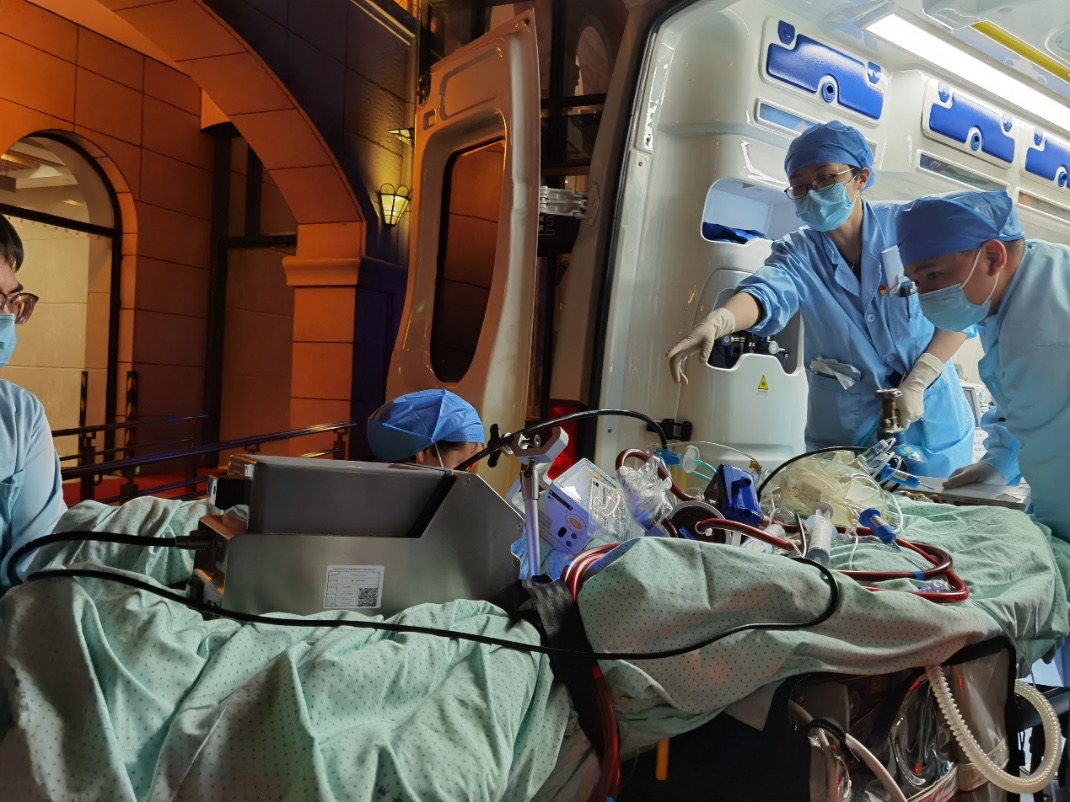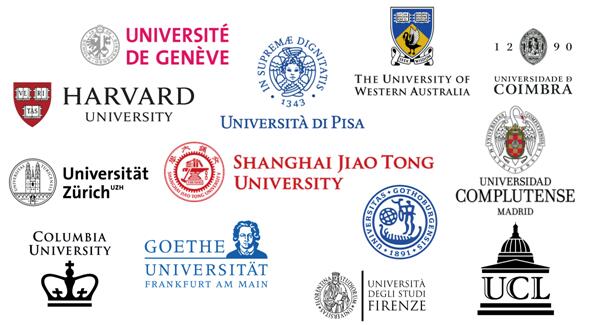Zhongshan Hospital's heart transplant technique is bold and saves lives. A 17-year-old boy is in critical condition for fulminant severe myocarditis. Transplantation surgery | Heart | Myocarditis
A 17-year-old boy had a sudden cardiac arrest and underwent cardiopulmonary resuscitation for two hours. After circling through the gates of hell, a team of experts from the Department of Cardiology at Zhongshan Hospital affiliated with Fudan University bravely broke through the restricted area and saved his life through heart transplantation. The patient's various indicators improved after surgery and was discharged smoothly on the 23rd.
Xiaoye is a high school sophomore student who began experiencing symptoms such as fever and vomiting in late April, and subsequently experienced a series of symptoms such as general fatigue, chest tightness, and chest pain. During the process of seeking medical treatment at the local hospital, Xiaoye experienced sudden respiratory and cardiac arrest, and was urgently implanted with ECMO before being transferred to the ICU for further treatment.
Preliminary diagnosis: Xiaoye suffers from fulminant severe myocarditis. Outbreaking severe myocarditis is one of the most severe and special clinical types of myocarditis, with a rapid onset and extremely rapid progression. If left untreated, malignant arrhythmias, acute severe heart failure, and extremely high mortality rates can occur in the early stages. After 11 days of ECMO treatment, there was no significant improvement in the heart function of the lobules, and complications such as infection and acute renal failure occurred one after another. Life is on the line, and life and death are at stake.
On the late night of May 5th, an ambulance carrying Xiaoye rushed to Zhongshan Hospital. Originally, with the last glimmer of hope, the family of Xiaoye came to seek help from Professor Wang Chunsheng, a renowned expert in Chinese cardiology. After fully understanding Xiaoye's condition, Professor Wang judged that Xiaoye's current condition is extremely critical, and early heart transplantation is his only hope for survival.

Considering the patient's young age, even a heart transplant carries enormous surgical risks, Wang Chunsheng decided to fight for the last glimmer of opportunity for him. Dr. Yang Zhaohua, Deputy Chief Physician of the Heart Transplantation Team, immediately communicated with the local hospital, carefully formulated a cross provincial transportation plan, and made full preparations for various potential risks that may occur during the transportation process.
That night, Xiaoye was successfully transferred to the intensive care unit of the cardiology department. The examination shows that the severity of the lobular condition far exceeds expectations, with not only heart failure and renal failure, but also severe pulmonary infections, as well as various complications such as systemic coagulation dysfunction and gastrointestinal bleeding, which can be life-threatening at any time. ECMO+IABP+CRRT+ventilator... almost all life support methods in the intensive care unit are used, and only suitable heart transplant can truly relieve the life crisis.
Fortunately, the national organ allocation waiting system received good news: Xiaoye was quickly allocated to a matching heart. The next morning, doctors Yang Zhaohua, Liu Dingqian, and Yin Xiujie from the cardiology department rushed to the hospital where the heart donor was located with equipment. At 3pm, the donor acquisition was successfully completed and they immediately rushed back to Zhongshan Hospital. The operating room had already made sufficient preoperative preparations, and as soon as the heart supply arrived, Professor Wang Chunsheng immediately led the team to start the heart transplant surgery. After more than 5 hours of fierce competition, the heart transplant surgery was successfully completed, and Xiaoye successfully escaped the assistance of ECMO and IABP. A healthy heart resumed beating in his chest cavity.
After the surgery, under the careful care of the intensive care unit of the cardiac surgery department, Xiaoye successively overcame important obstacles in transplantation surgery such as acute rejection, infection, and malnutrition, and gradually recovered various severely damaged physical functions. 14 days after surgery, the renal function of the lobules returned to normal and no longer relied on hemodialysis treatment; 20 days after surgery, Xiaoye successfully withdrew from the ventilator; One month after surgery, Xiaoye was transferred from the cardiology intensive care unit to the general ward. Not long ago, the small lobe recovered well after surgery, and all indicators improved, and it was discharged smoothly.

The reporter learned that since carrying out heart transplantation in 2000, Zhongshan Hospital has undergone more than 20 years of development under the leadership of Professor Wang Chunsheng, and has completed more than 600 heart transplant surgeries, ranking among the top in terms of the number and effectiveness of surgeries in the country. The postoperative survival rate of heart transplant patients is increasing. "As long as patients have 1% hope, we must make 100% effort, because we carry the trust of life!" Professor Wang Chunsheng said.




